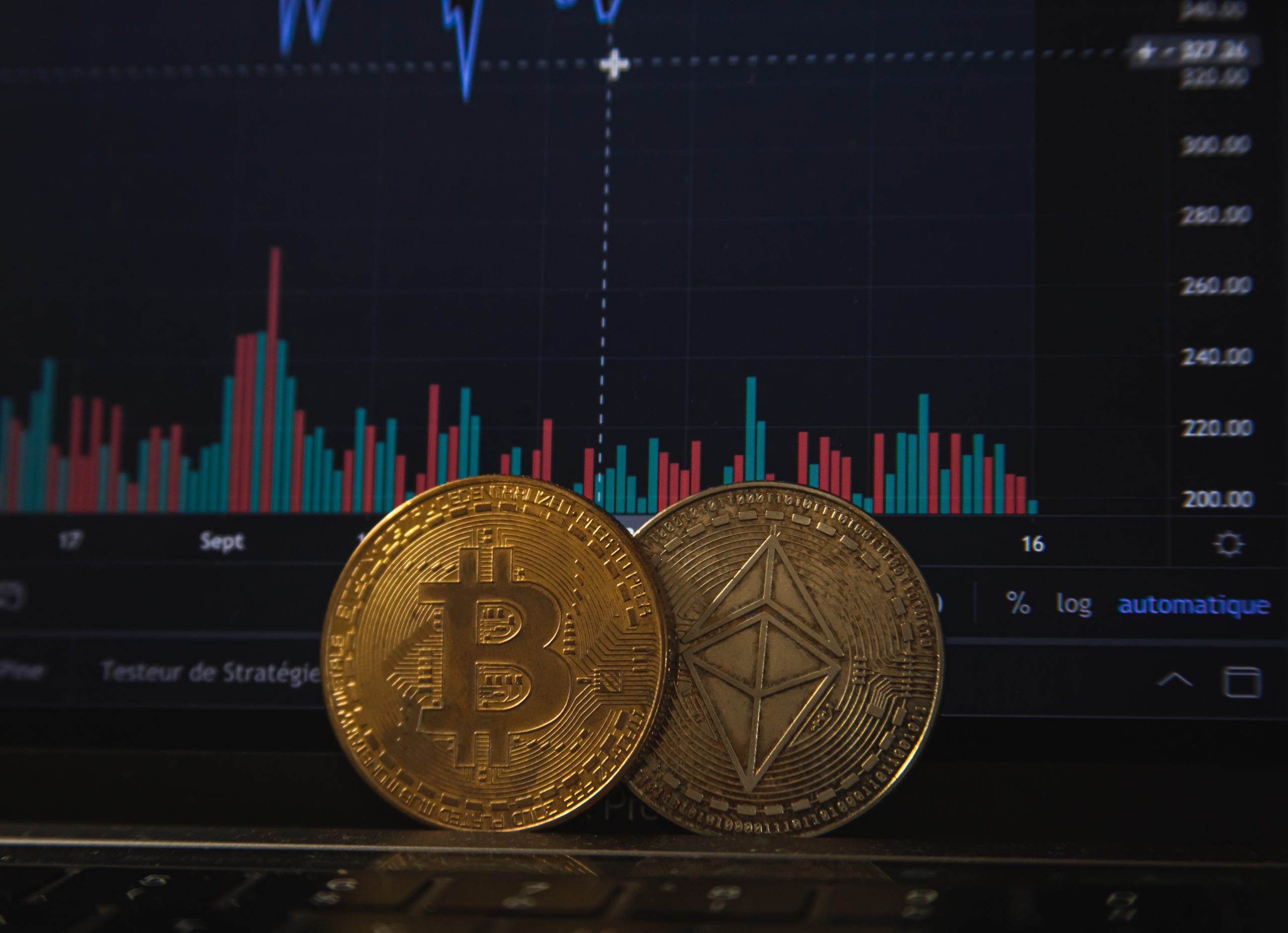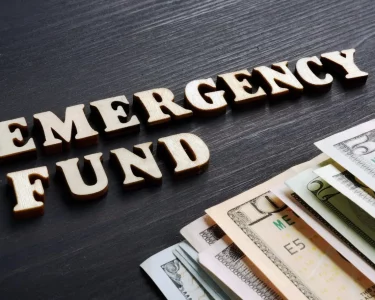Are you one of the many people who believe that the worst is behind us when it comes to financial instability? Well, think again. Our expert has some insightful analysis that suggests otherwise. Brace yourself and get ready to learn why the financial turmoil is far from over in this eye-opening blog post.
What caused the financial turmoil?
The financial turmoil was caused by a variety of factors, including:
– The bursting of the housing bubble
– Loose monetary policy from the Federal Reserve
– Excessive risk-taking on the part of financial institutions
The housing bubble was arguably the most important factor in the financial crisis. It created a false sense of prosperity and led to overextended households and overleveraged banks. When the bubble finally burst, it set off a chain reaction that led to widespread defaults, bank failures, and economic recession.
The Fed’s loose monetary policy played a role in fueling the housing bubble. By keeping interest rates low, they encouraged more borrowing and risk-taking. This ultimately made the crisis worse when it hit.
Lastly, many financial institutions took on too much risk in an effort to profit from the housing boom. They invested heavily in subprime mortgages and other risky assets, which left them vulnerable when the market turned sour. This helped contribute to the widespread panic and instability we saw during the crisis.
Who is to blame for the financial turmoil?
When it comes to the question of who is to blame for the financial turmoil, there are a number of experts who have different opinions. However, one thing that most experts agree on is that there are a number of factors that have contributed to the current state of affairs.
Some experts believe that the blame lies with the lenders who made subprime loans without properly assessing the risks involved. Others believe that the borrowers are to blame for taking out loans they could not afford. Still others believe that the government is at fault for not regulating the financial industry more closely.
Regardless of who is ultimately to blame, it is clear that the current financial situation is not sustainable and something needs to be done to fix it. Otherwise, we could be facing another economic downturn in the near future.
What are the consequences of the financial turmoil?
The financial turmoil that started in 2008 is not over. The consequences are still being felt by economies around the world.
In the United States, the unemployment rate remains high, while many families are still struggling to make ends meet. The housing market has yet to recover, and foreclosures are still a problem.
The European Union is also facing challenges. Greece is in danger of defaulting on its debt, and other countries are having difficulty paying their debts as well. The banking system in Europe is also under stress.
In addition to the economic challenges, the financial turmoil has also caused political problems. For example, in the United States, there was a lot of anger about how Wall Street was bailed out while Main Street was not. This led to the formation of the Occupy Wall Street movement.
The financial turmoil is not over, and it may be years before we see a full recovery. In the meantime, we must deal with the consequences that have already been felt by economies around the world.
How long will the financial turmoil last?
The current financial turmoil is the result of a perfect storm of sorts. A combination of factors – including low interest rates, high levels of debt, geopolitical uncertainty, and slowing economic growth – has created a volatile environment. And while it’s impossible to predict exactly how long the turbulence will last, we believe it could be some time before conditions improve.
The key question for markets right now is whether the recent volatility is simply a blip or the start of a more prolonged period of instability. In our view, it’s likely the latter. We expect that the global economy will continue to face headwinds in the months ahead, which means that investors should remain cautious.
There are a number of factors that could make the current situation worse before it gets better. For one, central banks are running out of ammunition to fight against an economic slowdown. Interest rates are already at historic lows, and there is limited scope for additional stimulus measures. What’s more, trade tensions remain high, and there is a risk that they could escalate further. This could lead to even slower growth and more market volatility.
In short, the current financial turmoil is unlikely to abate anytime soon. Investors should brace for further volatility and be prepared for a prolonged period of instability.
What can be done to prevent future financial turmoils?
It is essential to have a well-diversified portfolio in order to weather any future financial storms. Additionally, it is important to be mindful of your spending and saving habits. Try to live below your means and save as much as possible so that you have a cushion in case of tough times. Lastly, stay informed about what is happening in the world economy so that you can make the best decisions for your own finances.
Conclusion
The financial turmoil that began in 2020 was a stark reminder of the fragility of our economic system. Even though there have been some signs of recovery, it is clear that we are not out of the woods yet. With a global pandemic still raging on, and uncertainty clouding the markets, it’s impossible to predict when everything will return to normal. Therefore, experts recommend that everyone take steps to ensure their financial security by monitoring changes in the market and staying informed about how these changes may affect them. By doing so, individuals can minimize their risks during this turbulent period and be better prepared for whatever comes next.




